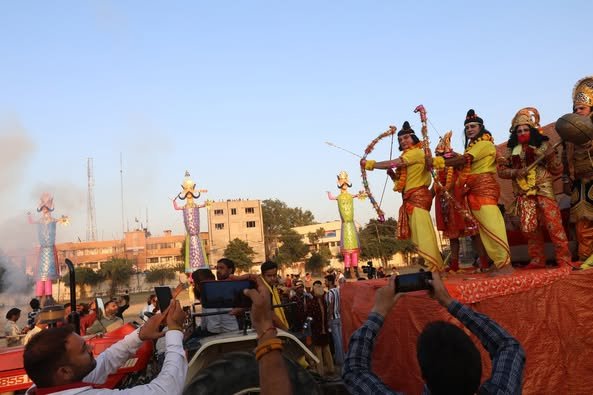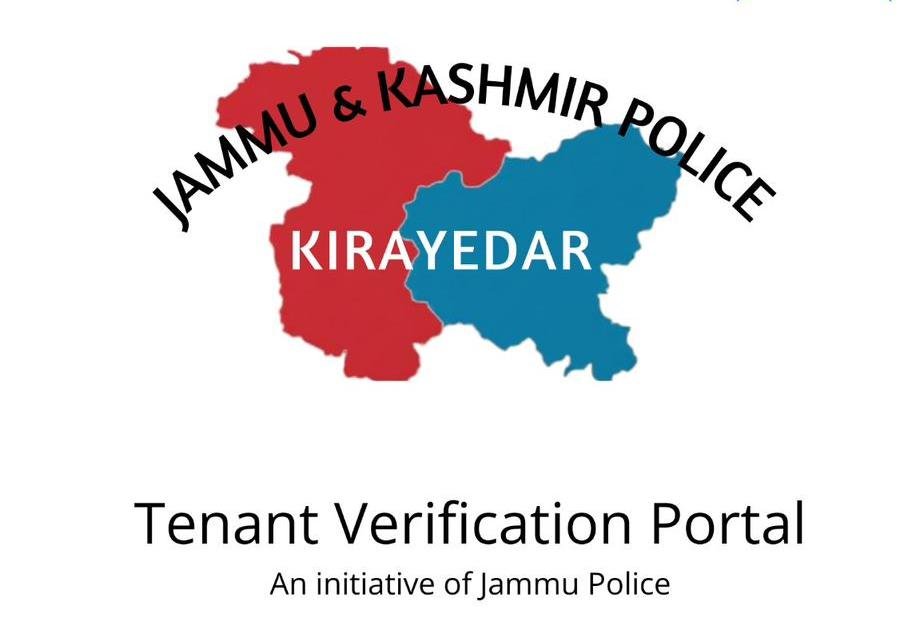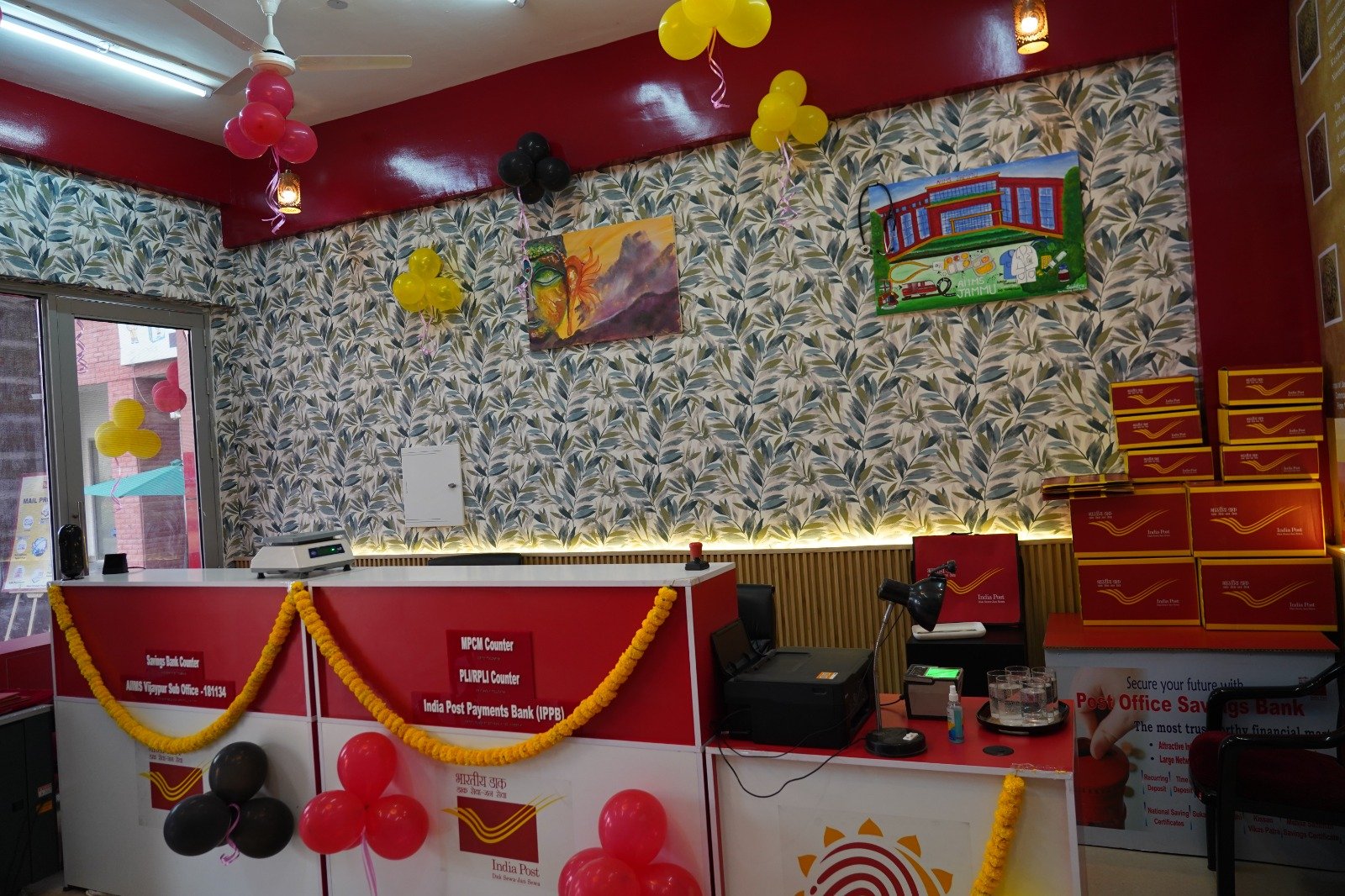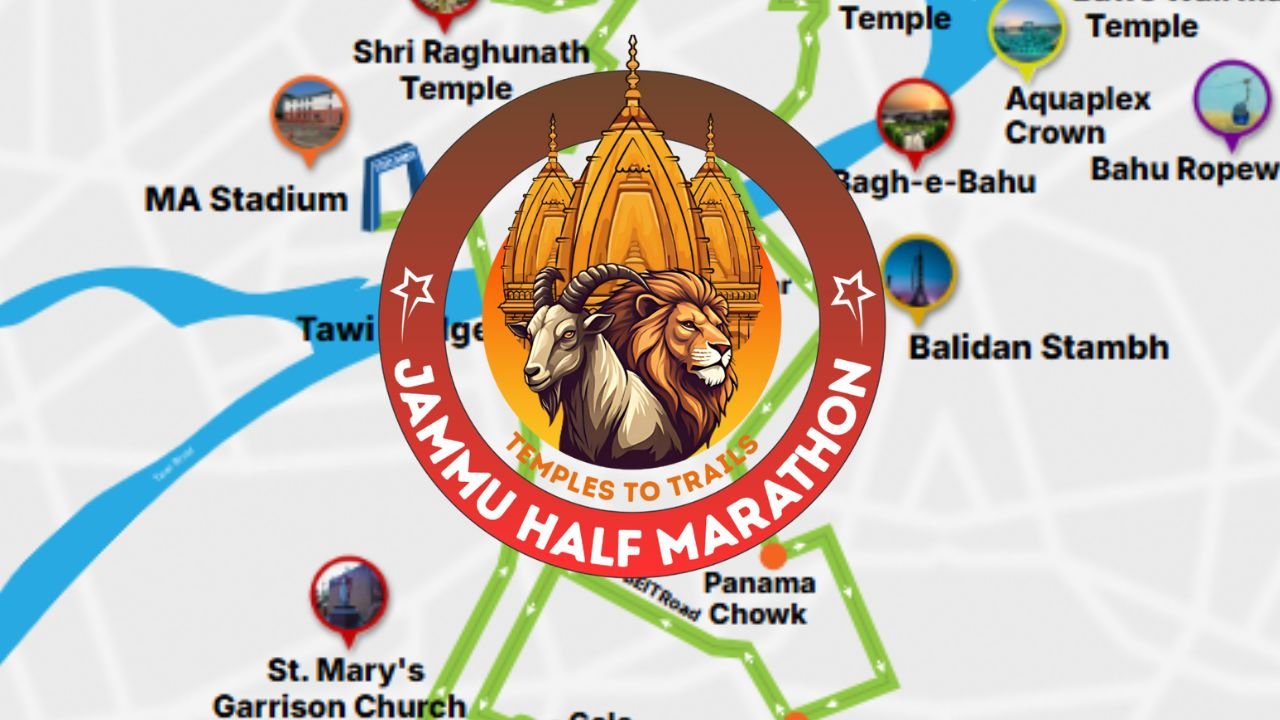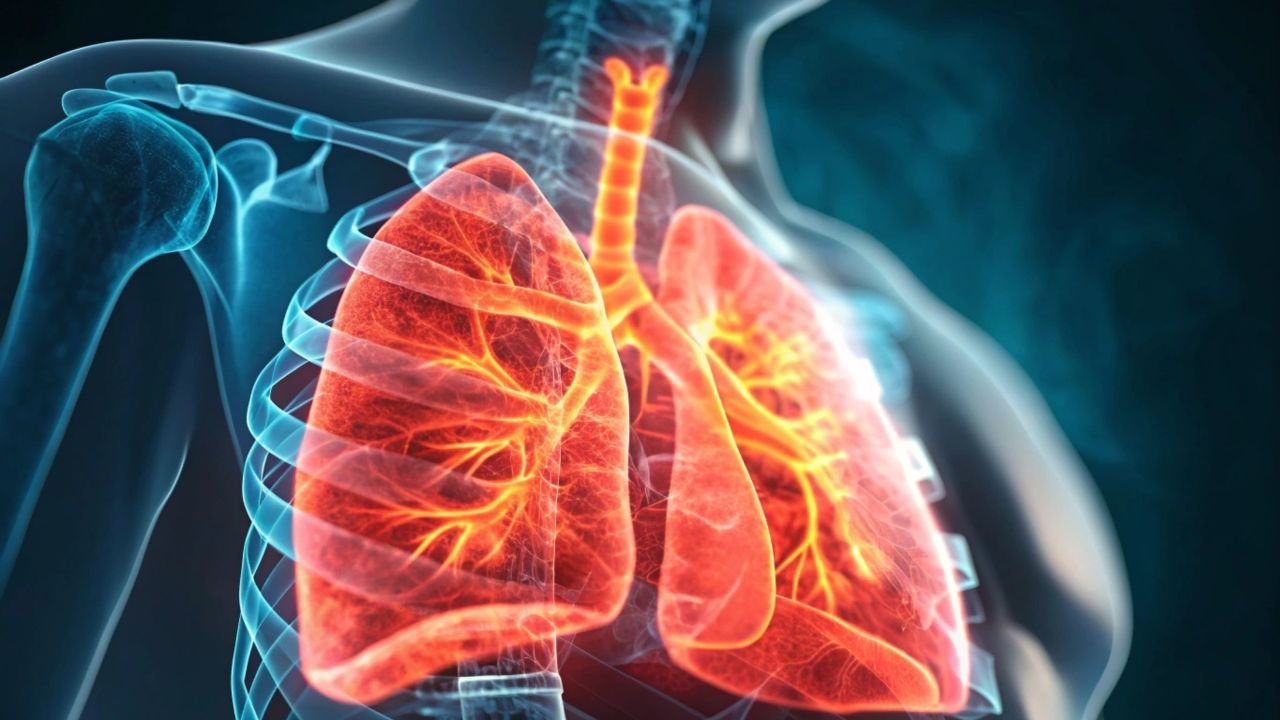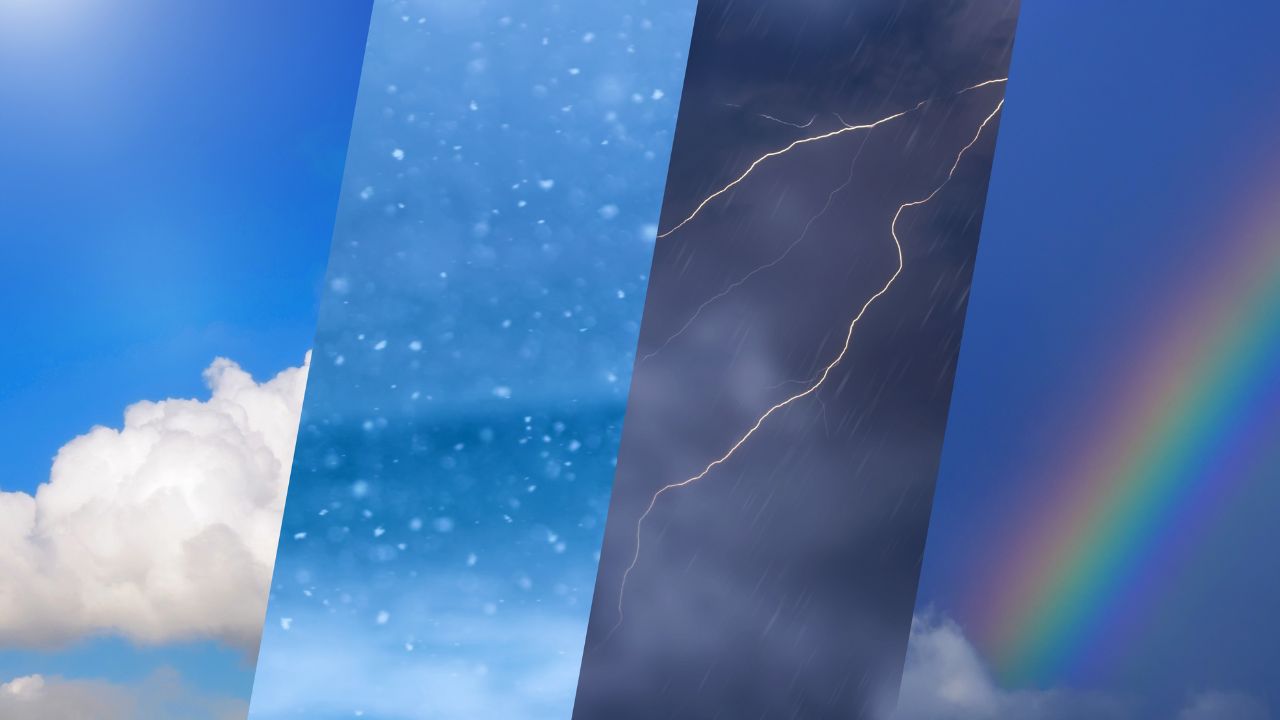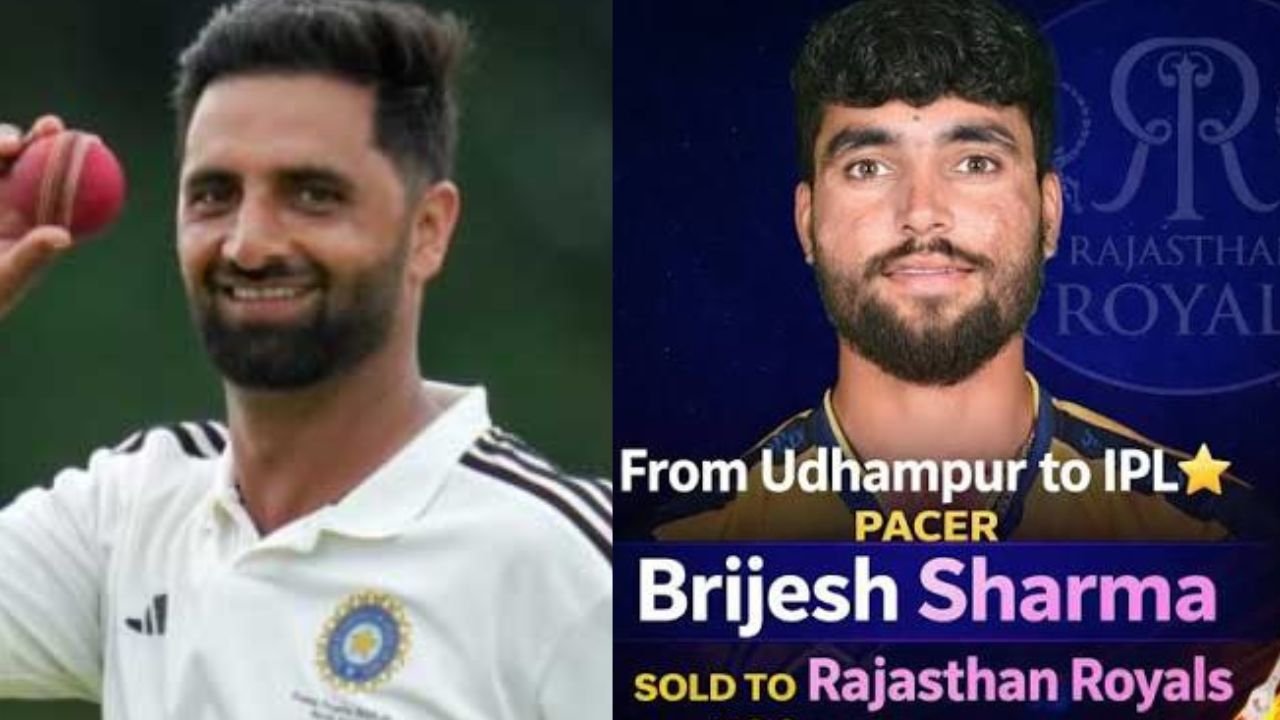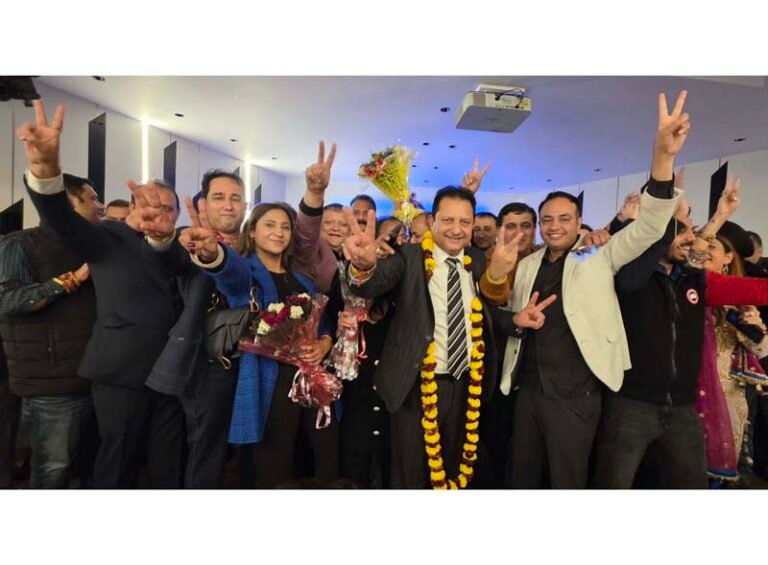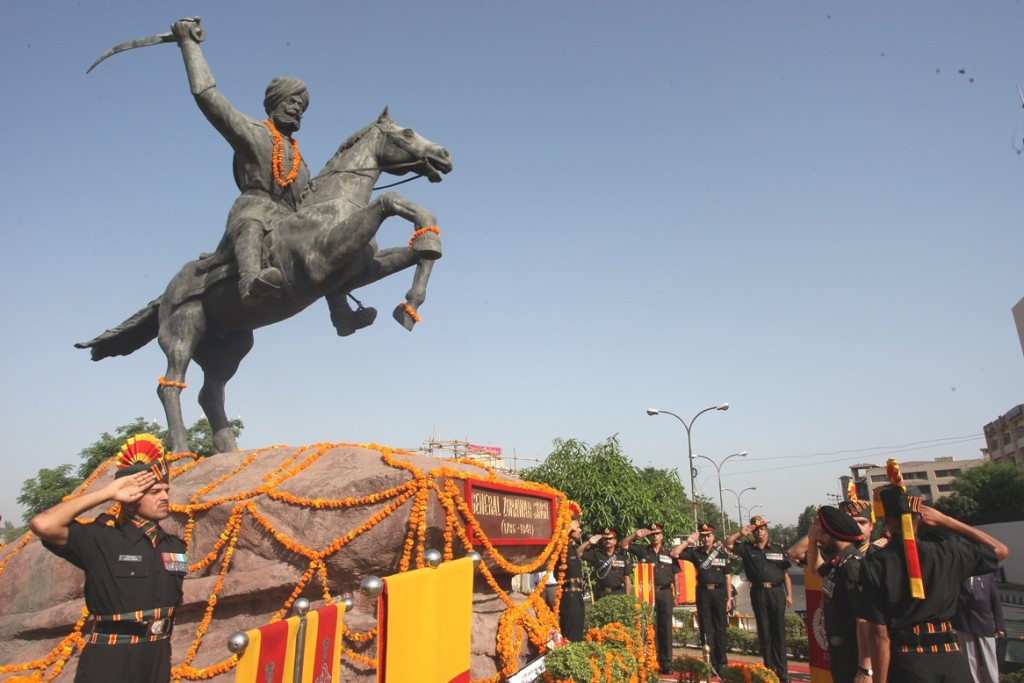Dussehra, the festival that marks the victory of good over evil, is celebrated with grandeur across India. In Jammu, one of the most heartwarming traditions is the creation of towering effigies of Ravana, Kumbhkaran, and Meghnath. What makes this celebration even more remarkable is the role played by Muslim artisans, who have been dedicatedly crafting these effigies for over four decades.
Meet the Man Behind the Effigies
At the heart of this tradition stands Mohammad Giasuddin Khan, a Unani practitioner from Uttar Pradesh. For the past 40 years, he and his family have paused their professional commitments to travel to Jammu and Kashmir every year for this work. Leading a team of around 50 artisans, Giasuddin has transformed this craft into a powerful symbol of brotherhood.
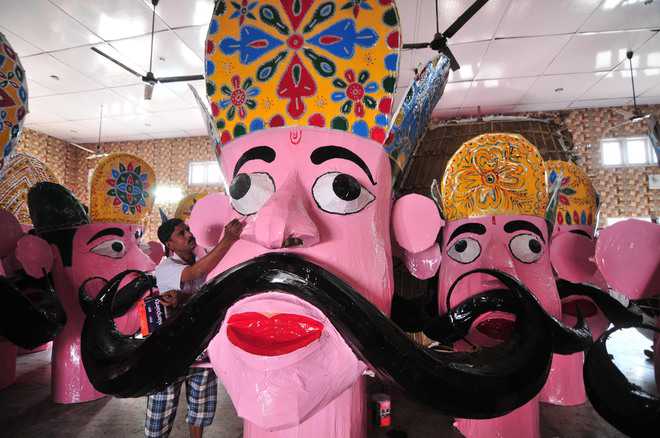
Fondly called “Doctor Sahib” by his team, Giasuddin is guided by his uncle, Mohammad Rehan, who supervises the entire operation. Together, they continue a tradition that has stood the test of time and politics.
One of the most inspiring aspects of this effort is the communal harmony it represents. The team of artisans consists of both Hindus and Muslims, working hand in hand to prepare giant bamboo-and-paper effigies.
“We never saw our ‘ustad’ as a Muslim. For us, this is not just work but an emotion. We celebrate this tradition together,” says Gopal, one of the Hindu artists associated with the group.
For Giasuddin, the joy of seeing people celebrate when the effigies burn is his true reward:
“When people are happy, it feels like our hard work is worthwhile. Our participation in this festival is proof of our shared brotherhood.”
Read also: Dussehra in Jammu: The Dogra Influence
From Meerut to Jammu: A Journey of Dedication
The family originally migrated from Meerut, Uttar Pradesh, to Jammu about 45 years ago. Initially, they even traveled to Kashmir for effigy-making before the 1990s. However, political unrest and migration of Hindus forced them to shift operations to Jammu, where demand for effigies grew.
Today, the effigies created at Geeta Bhawan, Jammu, are sent across the region—from Rajouri, Poonch, Udhampur, Doda, Kishtwar, and even Leh in Ladakh—keeping the tradition alive in every corner of J&K.
Sanatan Dharam Sabha’s Long Association
For over three decades, the Sanatan Dharam Sabha Jammu, has entrusted Giasuddin’s family with this sacred responsibility. This consistent recognition speaks volumes about the trust and love shared between communities.
While Giasuddin is a professional Unani doctor, he takes a break from his medical practice every year to focus entirely on effigy-making during the festive season. His employees handle the medicine shop in his absence, ensuring both his professions thrive without compromise.
Jammu, J&K: A group of 50 artisans from Meerut, Uttar Pradesh, continues a decades-old tradition of crafting giant effigies for Jammu’s Dussehra festival. Working at Geeta Bhawan, they create figures of Ravana, Meghnad, and Kumbhakarna annually, which are then sent to districts… pic.twitter.com/SYpsLfESMZ
— IANS (@ians_india) September 30, 2025
“No matter how politics changes, we will never stop making these effigies. Jammu feels like a second home, and the Hindu community’s encouragement motivates us to keep going,” says Giasuddin with pride.
The legacy of these artisans proves that festivals in India are more than just rituals—they are celebrations of togetherness, shared culture, and human connection. With over 60 workers, generations have come together to uphold a tradition that bridges religions and communities.
The story of Muslim artisans crafting Ravana effigies for Dussehra in Jammu is more than just a cultural anecdote—it is a living example of India’s unity in diversity. For over 40 years, this practice has celebrated not only the defeat of evil but also the triumph of communal harmony and human brotherhood.
As Dussehra 2025 approaches, the towering effigies rising in Jammu stand as much as a symbol of tradition as they do of unity across communities.

